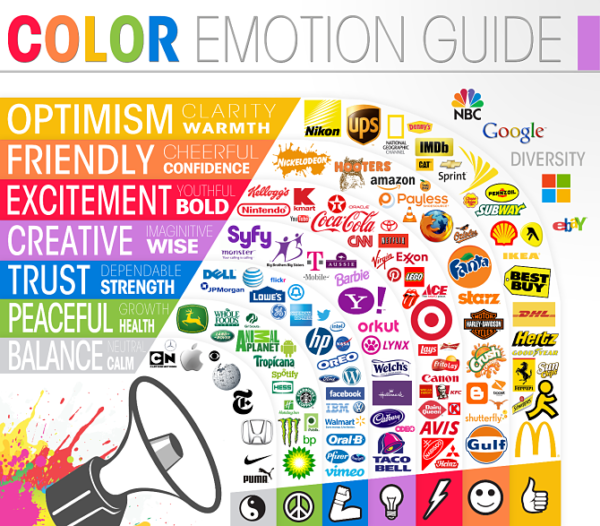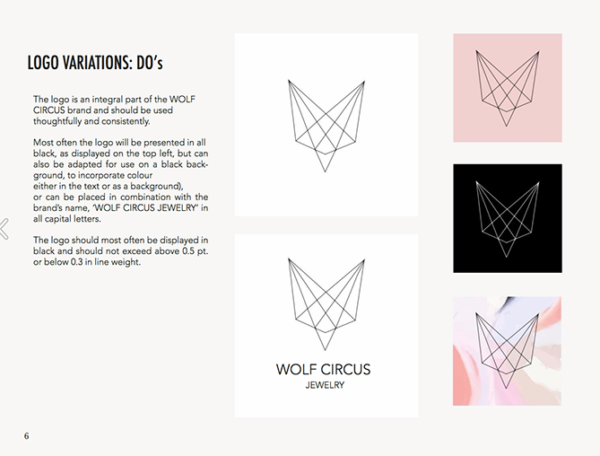Regardless of the type of business you’re in, there will always be a specific way you operate and show it to the world. Your beliefs, goals, and values are key parts of any business, and it’s important for you and your team to embrace them to truly reflect your brand.
If you’re going to run a business with a solid brand image, you need to create a branding style guide. This is your brand’s personality in written form that your organization can go back to and follow. This will prove helpful for you, your team members, and your audience. The ultimate goal of a branding style guide is to ensure that your brand image and values stay consistent across all marketing channels such as customer service, email marketing, sales, and more.
If you’re trying to create a branding style guide for your marketing team that’s clear and consistent, here are a few ways to get started.
Create a mission statement and values
A mission statement is important for any business. It tells you what the organization is, what it’s about, what goals it’s trying to achieve, and for whom. There’s a lot to consider when mapping out your company values as well, which is why it’s a good idea to brainstorm a list of questions you can answer about how your brand will be perceived by the world.
Consider the following questions when creating your mission statement and values:
- What are your business goals?
- Who is your target audience? How well do you know their needs?
- How do you want to be perceived?
- What tone and language do you want to be used for your brand?
- What is your brand’s purpose and how can it help your target audience?
- How can you bring solutions to your audience?
- What sets you apart from the competition? Why would people go to you and not someone else?
- Where do you see your business in the future? What do you hope it looks like?
Flesh out the visual components
You can’t have a brand style guide without the visual components that come with it. When people see your logo or website, you want them to automatically know it’s you. A well-planned and designed brand makes it easy to spot you from a mile away and shows people you’re consistent with your image. If you’re consistent with that, there’s a good chance there’s consistency elsewhere in your business.
The main visual components to consider putting in your style guide are:
- Logo: Try a fresh, creative look that other businesses aren’t already sporting. You don’t want your brand to come off as trendy; rather, aim for its look to withstand time and make an impression.
- Color palette: Choose a variety of tones and hues that mesh well together. You can look up color schemes to get an idea of what colors are most attractive together. Try to keep it under four colors and consider that color psychology is a very real thing for consumers.
- Typography: Choose fonts that are easy to read and not so small users have to squint to read your text. Stick to two or three at most and make sure they blend well together–this includes the style of any contact forms you add to your landing page.
- Imagery: Match your imagery to your color scheme and fonts so your brand image is cohesive. It’s most effective when you create all of your own imagery because you can customize it to your brand look.
Explain best practices and guidelines
Your brand is going to have rules specific to it that no other brand has, and this is important because it distinguishes you from the rest. However, because of this, you must be able to clearly explain guidelines and rules pertaining to your business’ content. Any inconsistencies make your brand look sloppy and unsophisticated.
Make sure you lay out best practices, how-tos, and how-not-tos for your marketing team. Go into extreme detail in any areas that aren’t completely straight forward so there’s no room for confusion or frustration. There’s usually more attention to detail when explaining how to create graphics or images.
Some examples of best practices include:
- How to take proper screenshots
- How to position your logo
- Acceptable image dimensions
Wolf Circus’ style guide goes in-depth about how they design their logo:
Conclusion
Creating a branding style guide can be a fun project to work on that breaks the monotony. It’s no easy task; it requires a lot of research about your target market and the kind of business you want to be. However, it’s worth every penny and second spent because it lays out everything your marketing team needs to know in one place. It’s essential to create a guide that’s beneficial to your team and comprehensible so your brand can stay consistent and successful. What will you include in your branding style guide?

